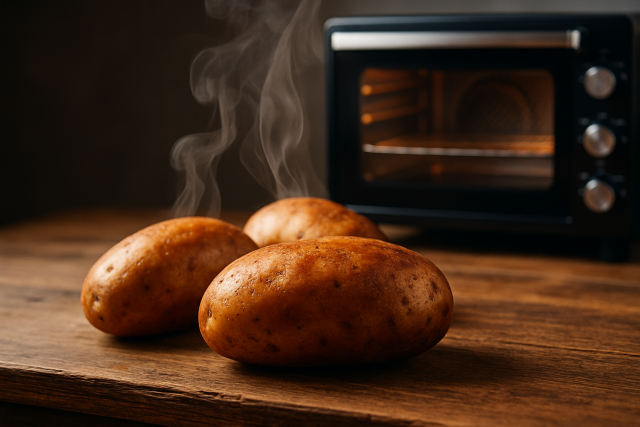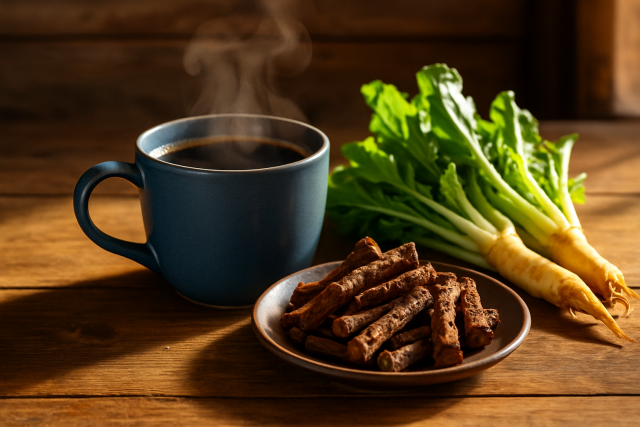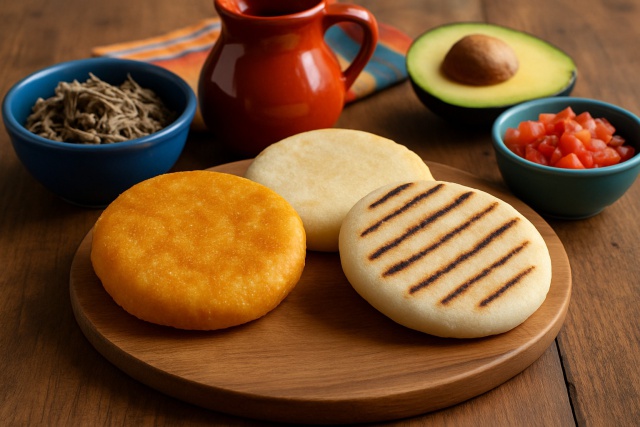Moose Meatballs Recipe for Wild Game Beginners
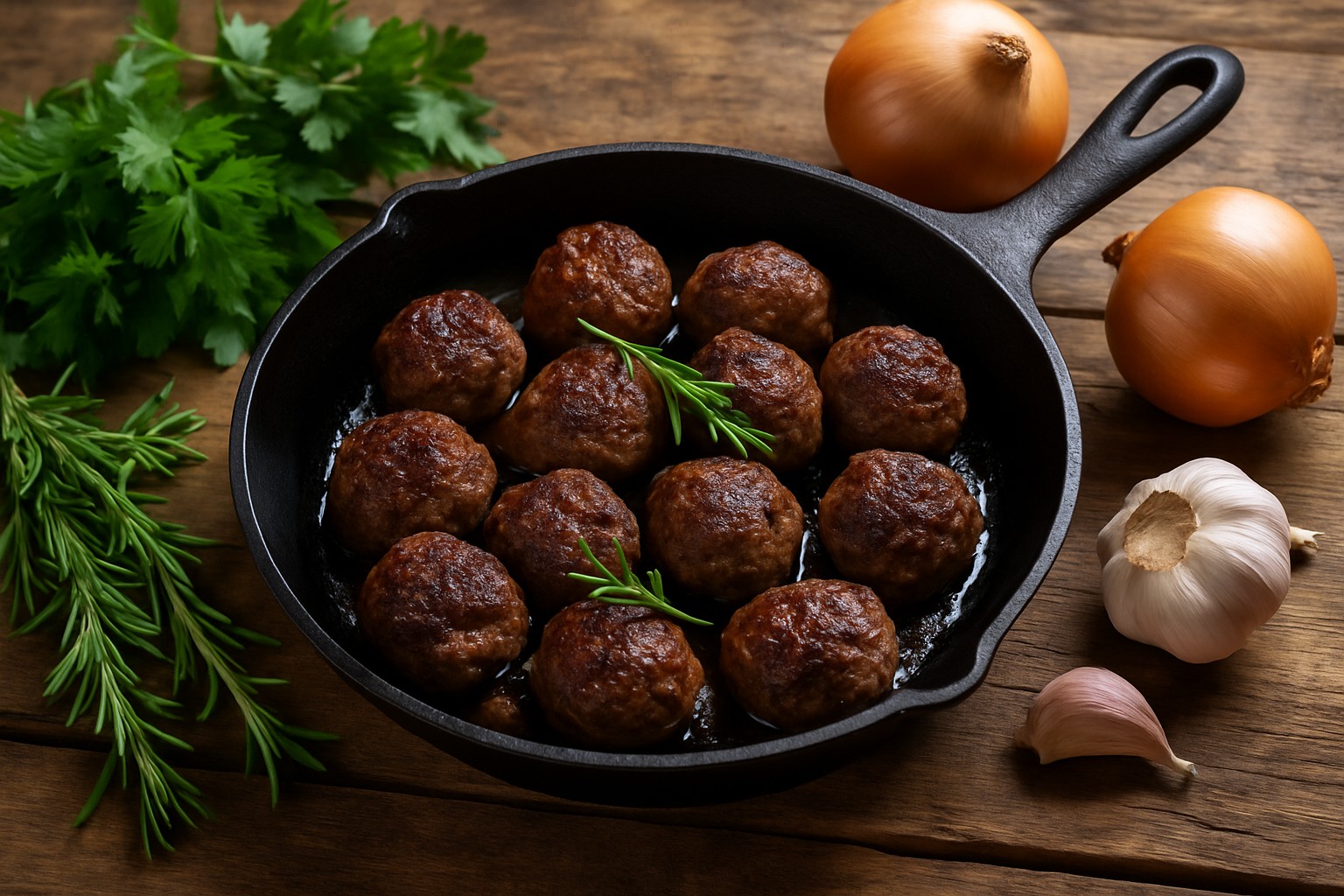
Moose meatballs offer a delicious and approachable introduction for anyone dipping their toes into wild game cooking with moose meat. This handy guide covers the quirks and unique qualities of moose meat. It lays out a detailed recipe and sprinkles in expert tips to help you nail the best results every time
Moose are a popular source of wild game in northern regions and prized for their lean nutrient-packed meat that’s a real powerhouse at the dinner table. Their rich bold flavor stands out compared to your usual beef or pork.
Understanding Moose Meat Key Traits and Handy Preparation Tips You’ll Appreciate
Moose meat tends to be lean and dense and packed with flavor which definitely shapes how you should cook it. Since it’s so low in fat it dries out quicker than you might expect. Relying on moist cooking methods and keeping the heat gentle is key to landing moose meatballs that stay tender and juicy
- Moose meat has a rich bold flavor and a firmer texture than everyday meats.
- Because it’s naturally lean you need to watch it closely to prevent drying out while cooking.
- Freshness is important since moose meat tastes best when properly aged or frozen.
- Common cuts for grinding include the shoulder, neck and tasty trimmings from the loins.
- Grinding the meat yourself is the best approach if you want to control fat content and texture precisely.
- When cooking moose meat marinating or adding some fatty binders usually helps keep it juicy and avoids dryness.
It is really wise to source moose meat from trusted hunters or suppliers who know their way around field dressing and aging—the right way, that is.
Key Ingredients for Moose Meatballs That Bring the Flavor to Life
Crafting flavorful moist moose meatballs really comes down to blending lean ground moose with the right binders, aromatics and seasonings. These helpers tame the meat’s natural richness and elevate the texture.
- Freshly ground moose meat to nail that perfect hearty texture you want
- Breadcrumbs or handy substitutes like oats or crushed crackers that keep the moisture locked in
- Eggs, the unsung heroes that help those meatballs hold their shape without falling apart
- Finely chopped onions and garlic bring layers of rich savory flavor that make your taste buds sit up and take notice
- Fresh or dried herbs such as parsley, thyme and rosemary add a subtle pop of earthiness that ties everything together
- Just the right amount of ground black pepper and kosher salt to season things flawlessly—no bland meatballs here
- Optional extras like a sprinkle of grated cheese or some finely shredded veggies to sneak in extra flavor and keep things juicy
- And a splash of broth or milk to make each bite tender enough to melt in your mouth
Make it gluten-free by swapping out breadcrumbs for crushed nuts or gluten-free oats—both add a nice texture, if I may say so. If you happen to be vegetarian or give eggs a wide berth, flaxseed meal or those trusty store-bought egg replacers usually do the trick.
How to Make Moose Meatballs, Step by Step (Because Why Not Give It a Try?)
Follow these simple steps to whip up moose meatballs that are spot on with a tender juicy center and a rich flavorful crust that hits all the right notes.
Finely chop the onions and garlic and gently sauté them until they soften and start releasing their lovely aroma.
In a large bowl, combine the ground moose with the sautéed aromatics and add breadcrumbs, egg, herbs, spices, and a splash of broth or milk to keep things moist.
Stir the mixture carefully by hand or with a spoon until everything is well blended.
Shape the mixture into meatballs about 1 to 1.5 inches across making sure they are roughly the same size so they cook evenly.
Choose your adventure: pan-fry in oil until golden and delicious, bake at 375°F (190°C) for 15 to 20 minutes or let them simmer gently in sauce for about 20 minutes. Each method brings its own charm.
Double-check that the internal temperature reaches 160°F (71°C). Safety comes first. Then serve these warm with your favorite sides. They’ll disappear fast.
Avoid overmixing if you want to keep the meat from turning tough and dry—it’s a fine line, but worth watching. Throwing in moisture-rich binders and cooking at moderate temperatures does wonders to keep the meatballs tender and juicy, especially since moose meat can be pretty lean.
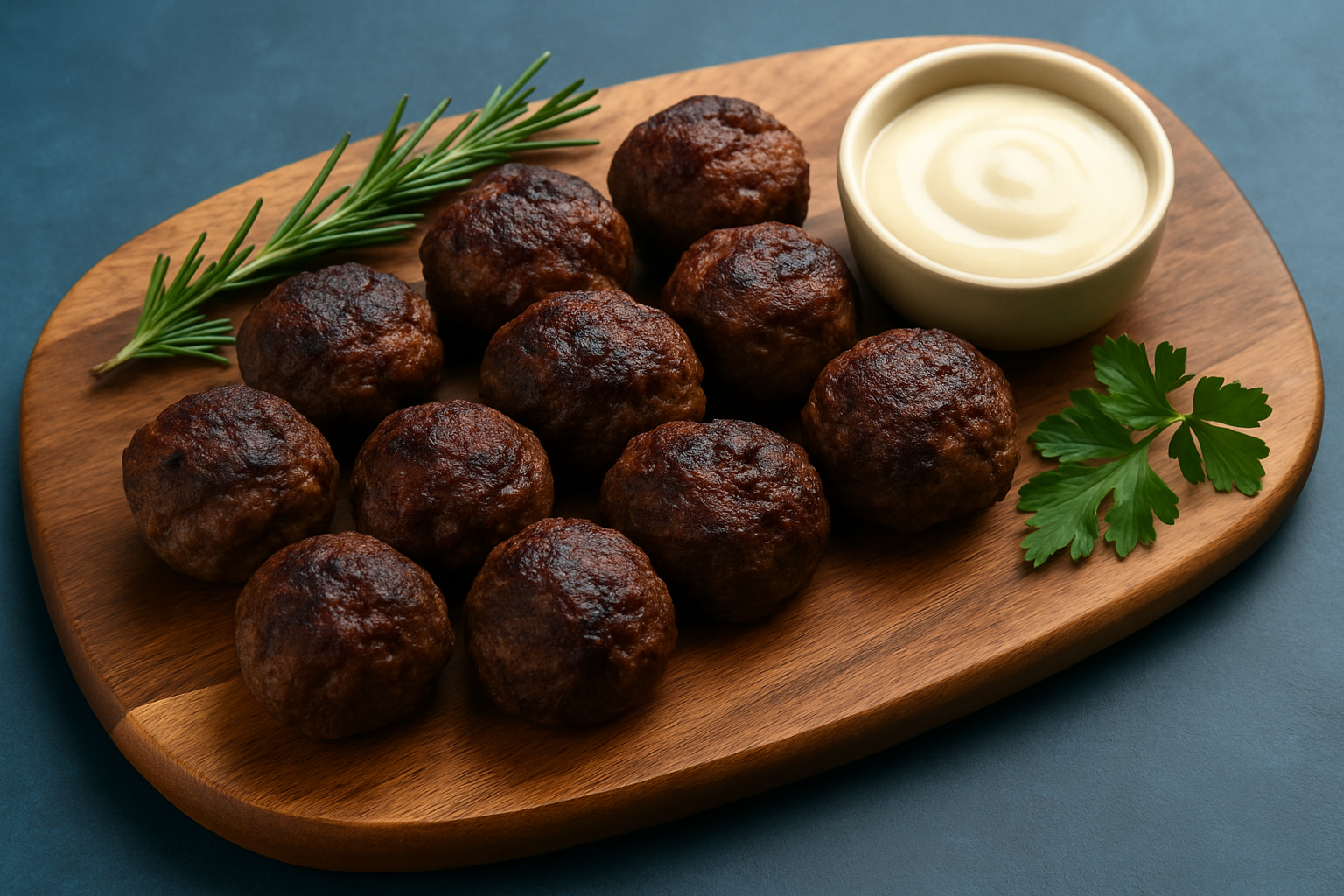
Delicious golden-brown moose meatballs garnished with fresh herbs and served with a complementary dipping sauce.
Tips for Cooking Moose Meatballs Just Right (Because Nobody Likes a Dry One)
There are several ways to cook moose meatballs that coax out different flavors and textures to surprise you. Pan-frying delivers an irresistibly rich and savory crust that makes you want another bite right away. Baking is the go-to for convenience and promises even cooking without fuss. Simmering keeps the meatballs moist and tender like a cozy hug on a plate.
| Cooking Method | Time | Flavor Impact | Texture Outcome | Ease of Cooking | Ideal Serving Applications |
|---|---|---|---|---|---|
| Pan-frying | 10-12 min | A deep, caramelized crust that’s rich and full of character | Crisp on the outside, juicy and satisfying inside | Demands your full attention, no slacking off here | Fabulous for appetizers or when you want to impress with a sauce |
| Baking | 15-20 min at 375°F | Gentle, even flavors throughout, quietly winning | Tender and consistently pleasant | Mostly hands-off, giving you the freedom to multitask | Ideal for relaxed family dinners or when cooking in batches without hassle |
| Simmering in sauce | 20-25 min | Moist with flavors that truly soak in, like a warm hug on a plate | Soft and meltingly tender | Easy and low effort, perfect for busy days | Spot on for comfort foods and classic Italian-style dishes |
| Baking then simmering | 10 min baking + 15 min simmering | Delivers the best of both worlds: a lovely crust with juicy moisture inside | Firm on the outside, tender beneath | Calls for a moderate amount of effort, but worth every minute | Works wonders for dishes accompanied by sauces and sides |
Keep lean moose meat from turning into a dry disappointment by cooking it over moderate heat and watching the internal temperature closely. Crank the heat too high or leave it in too long and those meatballs can end up drier than a desert. Aiming for around 160°F with a trusty kitchen thermometer usually does the trick and keeps them safe and satisfyingly juicy.
Clever Ideas for Serving and Pairing
Serving moose meatballs with thoughtfully selected sides and sauces can truly let their unique flavor shine, turning a wild game meal into something a bit more memorable.
- Classic lingonberry or cranberry sauce brings that perfect sweet-tart zing, cutting through the richness just right.
- Creamy mashed potatoes or a buttery parsnip purée serve up a smooth, comforting hug on a plate.
- Roasted root vegetables add a touch of earthiness and a welcome crunch to keep things interesting.
- Grain bowls packed with quinoa or wild rice provide a wholesome, nutritionally balanced twist that feels both hearty and fresh.
- Bold red wines like Cabernet Sauvignon or a choice craft beer usually do a stellar job of complementing those rich meat flavors.
- A sprinkle of fresh herbs and a drizzle of herb-infused oil really brighten up both the look and the aroma, making the whole dish sing.
How to Tackle Those Pesky Issues with Moose Meatballs
Beginners often find themselves wrestling with dry meatballs that fall apart like crumbly disasters, a gamey flavor that sneaks up on you, or uneven cooking leaving some bits overdone and others undercooked. Tackling these hiccups usually boils down to striking the perfect moisture balance, choosing the right binders, dialing in the seasoning, and keeping a close eye on cooking temperature and timing.
- To keep the meat from turning into a dry crumbly mess it’s a good idea to add some fats like bacon, suet or olive oil. Don’t forget binders that help lock in that precious moisture.
- Make sure you use enough eggs or breadcrumbs because these little guys act as the glue that holds everything together. Also give the mixture a good chill before shaping to make your life easier.
- When it comes to those bold gamey flavors balancing them with fresh herbs, a squeeze of lemon juice or even a hint of sweetness can work wonders and keep things interesting.
- Keep a close eye on the cooking times so the heat spreads evenly. This helps the meat stay juicy and prevents it from becoming something you’d rather leave on your plate.
- Choose milder sauces or marinades to mellow out the strong aromas that wild game tends to bring to the party because it makes all the difference.
"When working with lean wild game like moose, patience and moisture control truly make all the difference. Take your time with the cooking—and keep those binders just right, not too dry or too soggy. I have found that little care usually takes a simple batch of meatballs and turns it into something memorable that might just steal the show." – Chef Lars Erikson, Wild Game Culinary Expert
Common Questions About Moose Meat and Meatballs Your Curiosities, Answered
FAQs
Can I substitute beef or pork for the moose meat in this recipe?
My moose meatballs turned out dry. How can I prevent this next time?
What is the best way to source moose meat if I am not a hunter?
Is the taste of moose meat very 'gamey'?
Can I prepare the meatball mixture ahead of time?
Handy Resources for Anyone Just Getting Their Feet Wet with Cooking Wild Game
If you are looking to up your wild game cooking game, I recommend checking out cookbooks like "The Complete Guide to Wild Game Cooking" and "Venison Wild Game & Trout Cookbook." They’re solid starting points, especially for unique dishes like moose meatballs. Also, websites like WildGameNation.com and HunterAnglerGardenerCook.com are treasure troves of recipes and expert tips. I’ve found a few gems there myself. Jumping into community forums and local hunting clubs helps sharpen your skills and brings a nice sense of belonging that is priceless.


